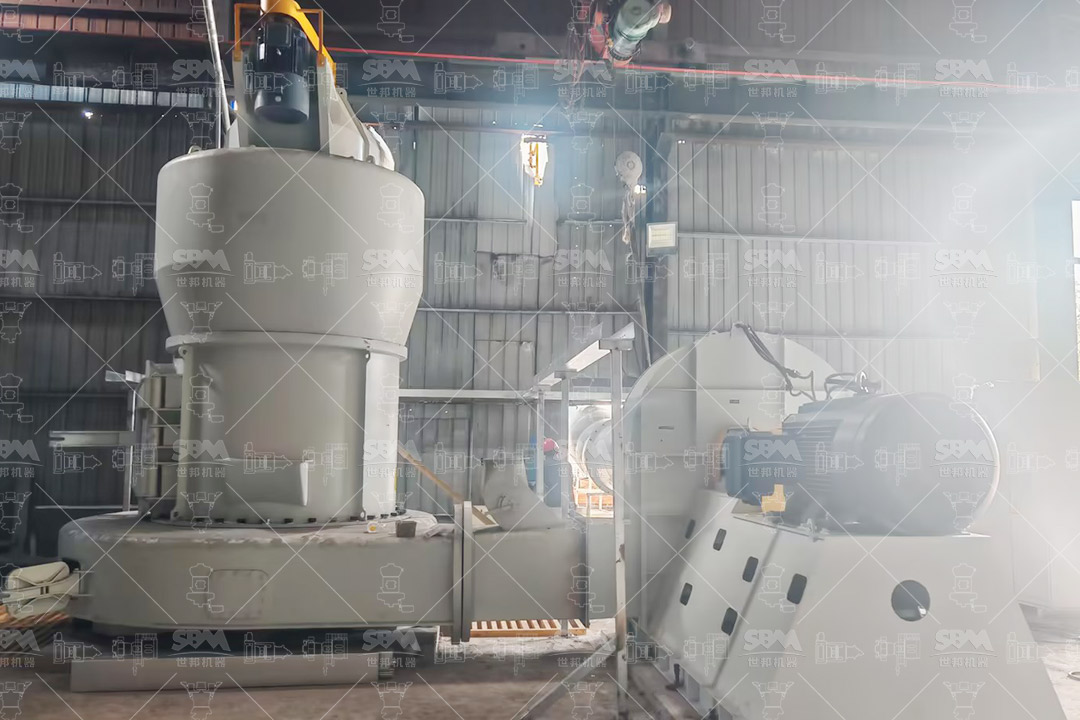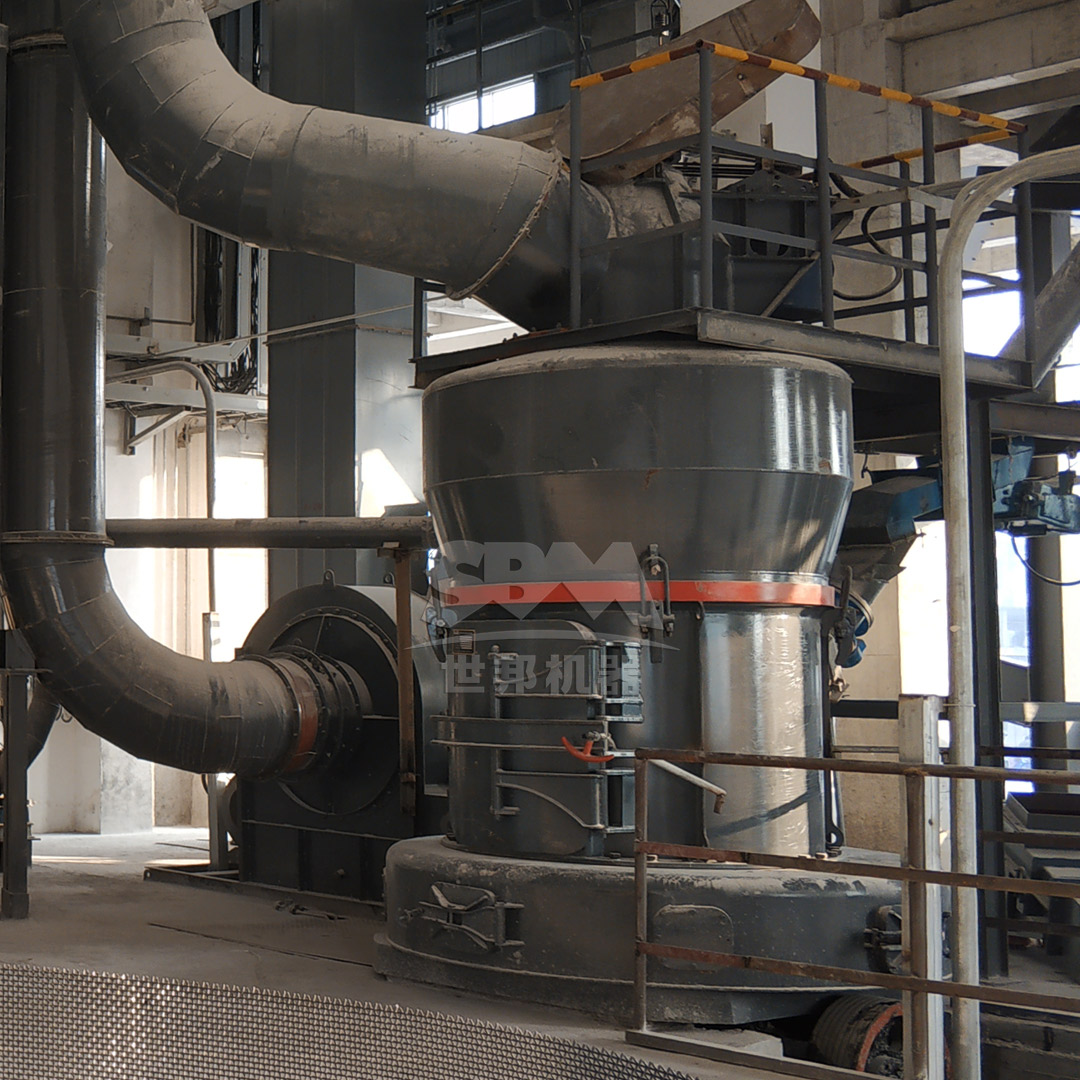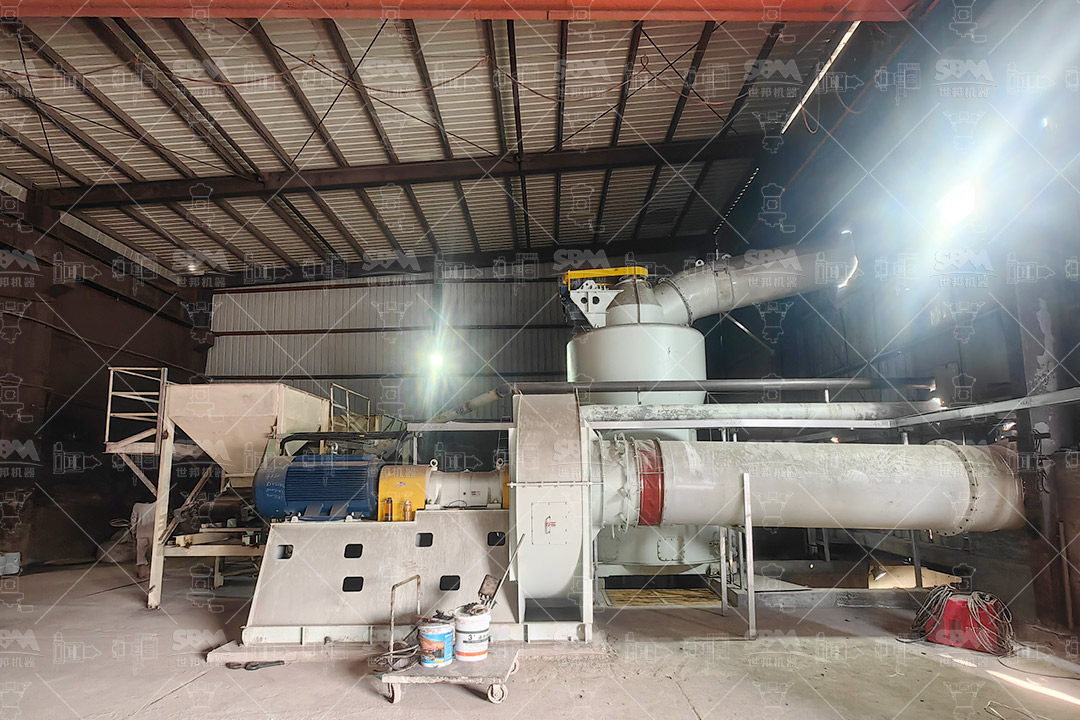August 20, 2025
Optimizing Coal Grinding Technology for Efficient Boiler System Performance
The efficiency of a boiler system in power generation and industrial heating applications is critically dependent on the quality of pulverized coal used as fuel. Optimal combustion requires coal to be ground to a specific fineness, ensuring complete burnout, minimizing unburned carbon, and reducing harmful emissions. This article explores the technological advancements in coal grinding and how modern milling solutions can significantly enhance boiler performance, operational economy, and environmental compliance.
The Critical Role of Coal Pulverization
Coal grinding is not merely a size reduction process; it is a vital step that dictates the efficiency of the entire combustion chain. The primary objectives are:
- Increased Surface Area: Finer coal particles have a larger surface area-to-volume ratio, facilitating faster and more complete combustion with less excess air.
- Improved Burnout: Uniformly fine coal ensures that particles spend less time in the boiler to achieve complete combustion, increasing efficiency and reducing waste.
- Reduced NOx Emissions: Efficient combustion at controlled temperatures helps lower the formation of thermal NOx.
- Operational Stability: Consistent coal fineness leads to stable flame characteristics, preventing slagging and fouling in the boiler.
The target fineness for most boiler applications is 70-80% passing 200 mesh (75 μm), with a minimal percentage of coarse particles. Achieving this consistently requires robust and precise grinding technology.

Evolution of Coal Grinding Mills
From traditional ball mills to modern vertical roller mills, the technology has evolved to prioritize energy efficiency, maintenance cost reduction, and finer control over product size.
- Ball Mills: The traditional workhorses. While reliable, they are inherently inefficient, with a significant portion of energy lost as heat and noise. Their large footprint and high wear rates make them less attractive for new installations.
- Vertical Spindle Mills (Bowl Mills, Roller Mills): These became the industry standard for direct-firing systems. They operate on the principle of grinding a bed of coal between tires/track and rollers, offering better efficiency than ball mills.
- Advanced Vertical Roller Mills (VRMs): The current state-of-the-art. Modern VRMs incorporate sophisticated grinding mechanics, high-efficiency classifiers, and integrated drying capabilities, setting new benchmarks for performance.
Key Technological Advancements in Modern Grinding Systems
Modern mills are engineered to overcome the limitations of their predecessors. Key features include:
- High-Efficiency Classifiers: Dynamic classifiers allow for real-time adjustment of coal fineness without stopping the mill. This ensures optimal product size distribution for varying coal qualities and boiler loads.
- Wear Resistance: Use of advanced metallurgy for grinding elements (rolls, tires, liners) like high-chrome alloys and ceramic composites drastically extends service life and reduces maintenance frequency.
- Grinding Force Control: Hydraulic or pneumatic systems that apply and control the grinding pressure, automatically adjusting for roller wear and ensuring consistent performance throughout the campaign.
- Integrated Drying: The ability to use hot gases from the boiler exhaust or a separate air heater to dry high-moisture coal within the mill itself, ensuring smooth operation and preventing clogging.
- Intelligent Control Systems: PLC-based systems monitor key parameters like mill motor current, differential pressure, temperature, and fineness, making automatic adjustments for peak efficiency and providing early warnings for potential issues.

Introducing a Premier Grinding Solution: The LM Series Vertical Roller Mill
For operations seeking to maximize their boiler’s potential, selecting the right grinding equipment is paramount. Our LM Series Vertical Roller Mill represents the pinnacle of grinding technology, specifically engineered for applications like coal pulverization for boiler systems.
This mill is designed to deliver unparalleled performance through its core advantages:
- Exceptional Energy Efficiency: Utilizing a concentrated design and efficient grinding principle, the LM mill consumes 30-40% less power than traditional ball mill systems. This directly translates to lower operating costs and a reduced carbon footprint.
- Compact and Integrated Design: The system integrates crushing, grinding, drying, and classification into a single unit, reducing the plant footprint by up to 50% and slashing civil construction costs by 40%. It is even designed for outdoor installation.
- Low Operational Costs: Featuring a non-contact grinding design for its rollers and grinding table, the wear parts last up to three times longer. This, combined with reduced energy consumption, significantly lowers the cost per ton of pulverized coal.
- Superior Product Quality and Control: An expert-level automatic control system allows for precise fineness control, supporting remote operation and real-time monitoring to minimize manual intervention and ensure consistent fuel quality.
- Environmental Leadership: The mill operates under full-sealed negative pressure, ensuring dust emissions are kept below 20mg/m³. Furthermore, its noise levels are controlled to ≤80dB(A), promoting a safer and more compliant working environment.
| Model |
Grinding Table Diameter (mm) |
Capacity (t/h) |
Main Motor Power (kW) |
Output Fineness (R0.08mm) |
| LM220M |
2200 |
35-50 |
500 |
5-20% |
| LM240M |
2400 |
50-65 |
710 |
5-20% |
| LM280M |
2800 |
60-90 |
900 |
5-20% |
The LM mill’s working principle involves the main motor driving the grinding table to rotate via a reducer. Coal fed through the center inlet is centrifugally spread across the table. Hydraulically loaded grinding rollers then apply compressive force to the material bed, pulverizing the coal. The fines are carried by hot air into an integrated classifier, while coarse particles are swept back onto the table for further grinding.
For plant managers and engineers looking to upgrade their coal preparation circuit, the LM Vertical Roller Mill offers a future-proof solution that guarantees lower specific energy consumption, higher availability, and superior fuel quality control.
System Integration and Best Practices
Installing a high-performance mill is only part of the solution. Proper integration into the boiler system is crucial:
- Mill-Boiler Control Coordination: The mill’s output must be perfectly synchronized with the boiler’s fuel demand. Modern distributed control systems (DCS) seamlessly integrate mill and boiler controls for responsive load-following.
- Primary Air Management: The primary air used to transport and dry coal in the mill must be carefully controlled for temperature and flow rate to optimize drying without creating a fire hazard.
- Predictive Maintenance: Leveraging data from the mill’s control system for vibration analysis, wear monitoring, and performance trending can shift maintenance from a reactive to a predictive model, preventing unplanned outages.

Conclusion
The pursuit of optimal boiler performance is inextricably linked to the efficiency and precision of the coal grinding process. Moving away from outdated, energy-intensive technologies towards advanced vertical roller mills is no longer an option but a necessity for economic and environmental sustainability. By investing in intelligent, efficient, and reliable grinding technology like the LM Series Vertical Roller Mill, operators can achieve significant gains in fuel efficiency, reduce their maintenance burden, ensure emission compliance, and ultimately enhance the profitability and longevity of their boiler systems. The future of efficient power generation is built on a foundation of finely ground coal.


